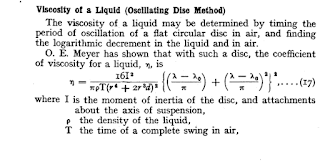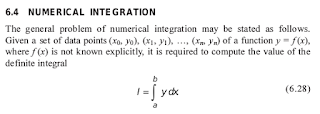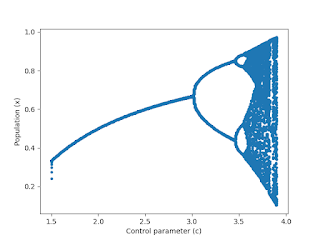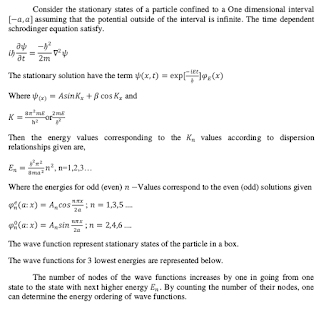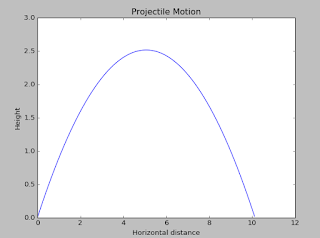trapezoidal
#numerical integration by trapezoidal rule def f(x): return 1/(1+x) a=0 b=6 k=a h=1.0 y=[] integral=0.0 while k<=6: y.append(f(k)) k=k+h integral =integral +y[0]+(y[1]*4)+y[len(y)-1] k=3 while k<=len(y)-2: integral =integral +y[k]*4+((y[k-1])*2) k=k+2 integral=(integral*h)/3 print"within in the limits",a,"and",b,"integral of given function" print integral
